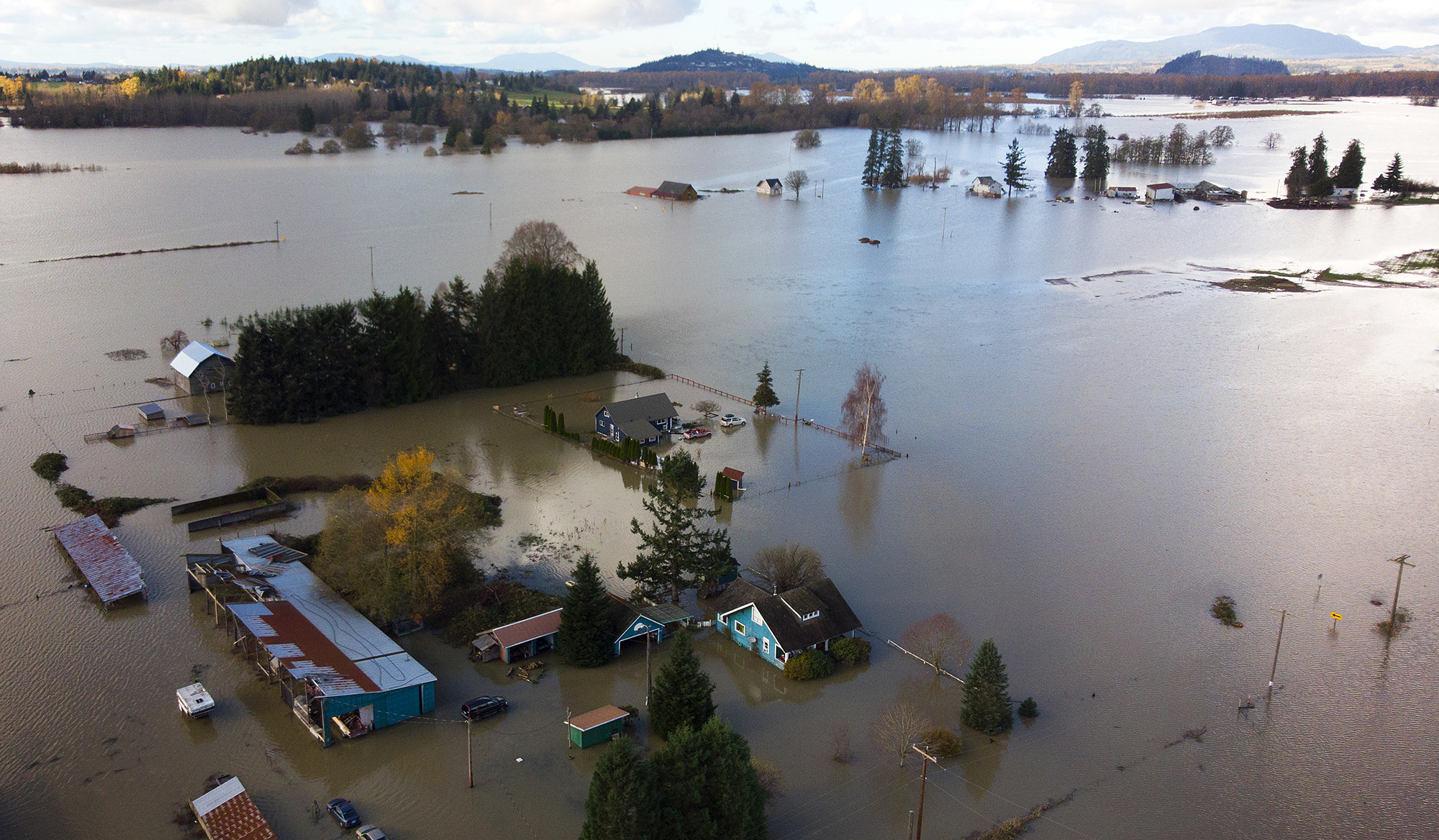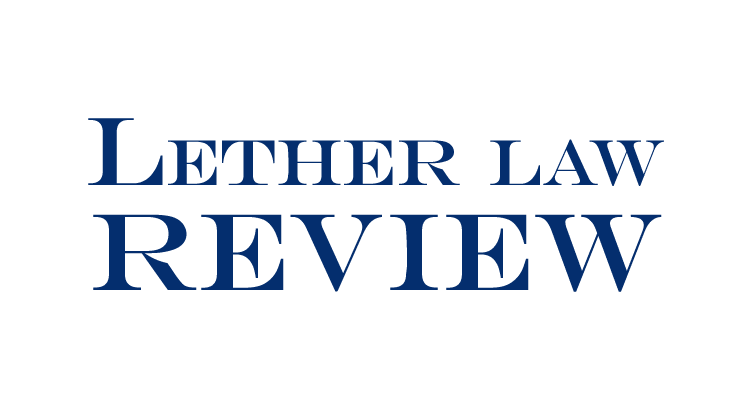Oregon Supreme Court Unilaterally Creates “Negligence” Cause of Action Against Insurers
On December 29, 2023, the Oregon Supreme Court effectively created new bad faith liability exposure for insurers doing business in Oregon when it issued its opinion in Moody v. Or. Cmty. Credit Union, 371 Ore. 772, 2023 Ore. LEXIS 692 (2023). In Moody, an insured sued a life insurance company for breach of contract and negligence based on a denial of a claim for life insurance proceeds.
The Plaintiff’s husband was the named insured under a life insurance policy and was accidently shot and killed. At the time of his death, the decedent had marijuana in his system. The Plaintiff filed a claim, and the defendant insurer initially denied the claim because the decedent’s death purportedly fell within an exclusion for deaths caused by or resulting from being under the influence of a narcotic or other drug.
The Plaintiff brought suit alleging that the death was not caused by or resulting from the use of any drug. She alleged claims for breach of contract, breach of the implied covenant of good faith and fair dealing, and negligence. Plaintiff sought both economic and non-economic damages including emotional distress damages. The extra-contractual claims were dismissed by the trial court and proceeded to an appeal. The Court of Appeals reversed the trial court’s dismissal of the negligence claim and the Supreme Court accepted direct review.
On review, the Supreme Court framed the primary question as whether the Plaintiff could pursue a negligence per se claim. The Court clarified that, in Oregon, a negligence per se claim is shorthand for a negligence claim that otherwise exists where the standard of care is set forth in a statute or rule and violation of the statute or rules raises a presumption of negligence.
Under that framework, the Court first examined whether the Plaintiff had a legally protected interest sufficient to subject the Defendant to liability for emotional distress damages. In determining that she did, the Court examined ORS 746.230 (Oregon’s Unfair Claim Settlement Practices statute). While acknowledging that the statute did not create an independent cause of action, the Supreme Court nevertheless found as follows:
We find that the statue provides explicit notice to insurers of the conduct that is required and, in requiring insurers to conduct reasonable investigations and to settle claims when liability becomes reasonably clear, does so in terms that are consistent with the standard of care applicable in common claw negligence cases.
Moody, 2023 Ore. LEXIS 692 at *41.
The Court went on to hold that permitting a common law negligence claim could further the statute’s purpose by deterring insurers from engaging in prohibited conduct. The Court went on to find that allowing emotional distress damages would not place an undue burden on the Defendant because insurers are in a relationship of mutual expectations with insureds and that the insurer could reasonably foresee that failing to exercise reasonable care in the handling of the relationship could result in emotional harm. Finally, the Court held that the claimed harm was of sufficient importance under public policy to justify allowing the claim to proceed. The Court’s ultimate conclusion was stated as follows:
Considering all of those factors, and not relying on any one of them alone, we conclude that the insurance claim practices that ORS 476.230 requires and the emotional harm that may foreseeably occur if that statute is violated are sufficiently weighty to merit imposition of common-law negligence and recovery of emotional distress damages.
Moody, 2023 Ore. LEXIS 692 at *51.
While the Court cautioned that its conclusion would not make every contracting party liable for negligence that causes emotional harm, the holding is extremely concerning and problematic for insurers. In fact, the holding may effectively overturn long-standing Oregon case law holding that insurers are not liable in tort for the handling of an insurance claim. See, e.g., Farris v. U.S. Fid. and Guar. Co., 284 Ore. 453, 587 P.2d 1015 (1978) (Farris II). This issue was recognized in the Moody dissent as follows:
The majority’s analysis creates uncertainty about the remaining precedential effect of Farris II. If the majority means to distinguish Farris II on its facts, then courts may still rely on Farris II as rejecting tort liability for third-party insurers that have denied coverage in bad faith, which were the facts presented in that case. On the Other hand, if the majority is distinguishing Farris II based on the pleadings or based on the legal theory that the plaintiffs asserted in that case, then Farris II might have no precedential effect in any case styled as a negligence claim.
Moody, 2023 Ore. LEXIS 692 at *78 n.7.
The full nature and impact of the Moody decision will likely remain unknown until the Oregon Supreme Court has had the opportunity to further clarify or refine its holding in subsequent cases. As it stands, insurers in Oregon now potentially face liability for general damages (and potentially other alleged consequential damages) in tort as long as those claims are styled as negligence claims. Effectively, the Oregon Supreme Court has created bad faith liability for insurers based on a negligence standard of proof. This reflects a substantial increase in exposure for insurers doing business in Oregon especially when one considers that the majority of jurisdictions require a higher burden of proof for bad faith claims (i.e. unreasonable, frivolous, or unfounded denial of benefits).
The attorneys at Lether Law Group have in excess of thirty-one years’ experience in advising insurers on the handling of extra-contractual claims. This experience includes handling claims and litigating insurance disputes in the state of Oregon. We have several attorneys licensed in Oregon and actively litigating coverage and extra-contractual claims in that jurisdiction. Please do not hesitate to contact our office if you have any questions regarding the Moody decision or any other insurance matter.




